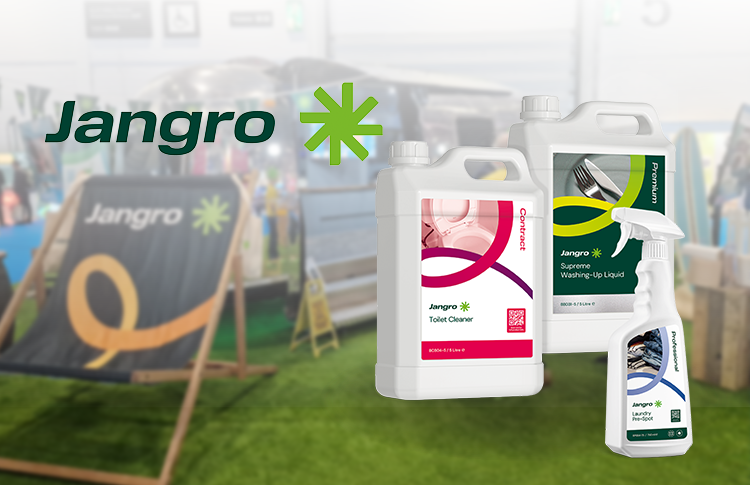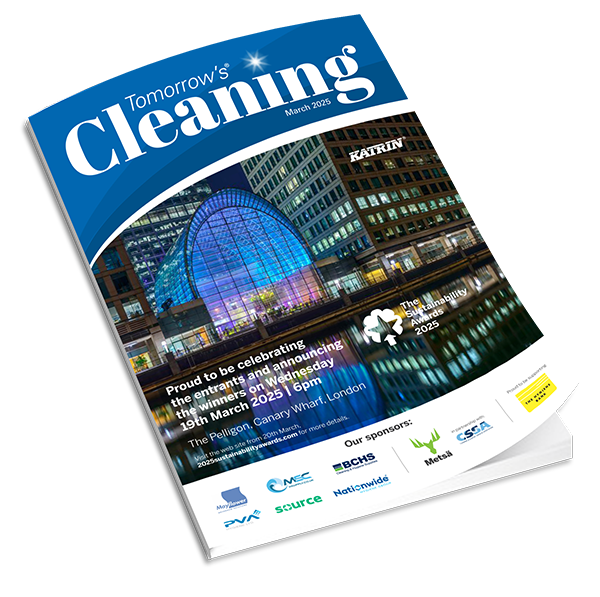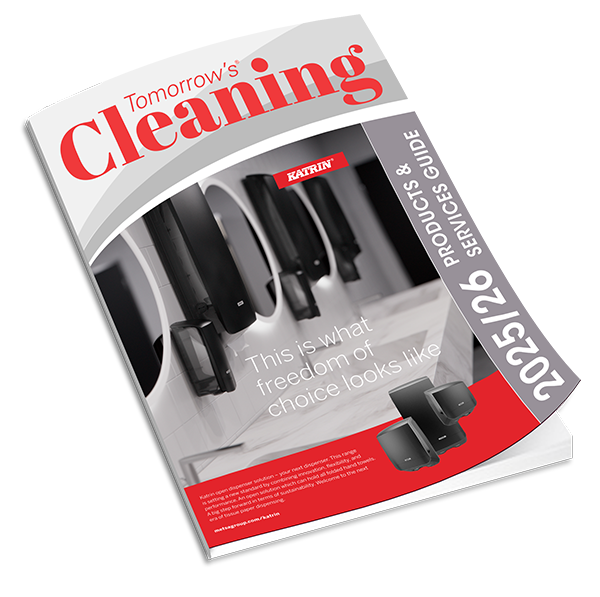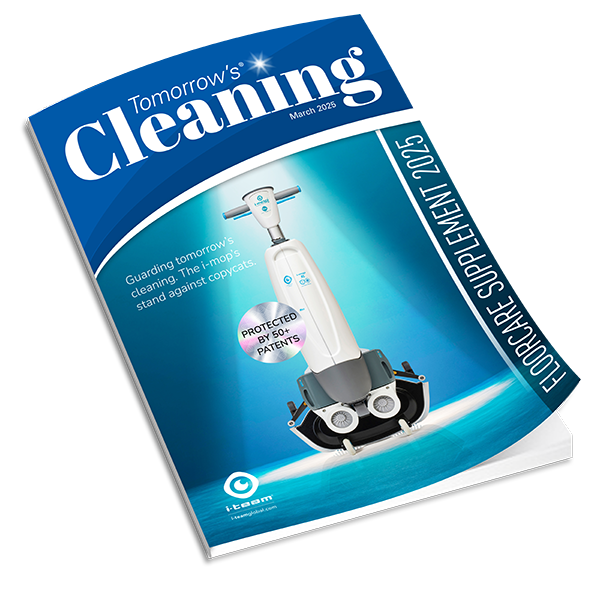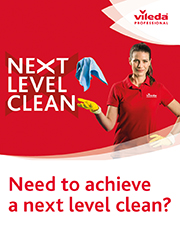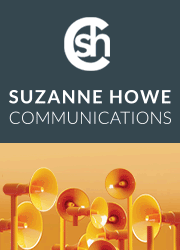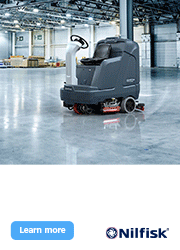Kimberly-Clark Professional is marking the start of cold and flu season by reinforcing the importance of handwashing and offering tips on how to wash your hands properly to avoid transmitting germs.
According to research, handwashing can reduce community illnesses such as colds by 21% and reduce the number of people who get sick with diarrhoea by 31%.
At a time when more people have adopted everyday health habits since the COVID-19 pandemic, Kimberly-Clark Professional is keen to highlight some facts about handwashing, including:
- Roughly 95% of people do not wash their hands correctly.
- It’s important to use enough soap for your hands to be covered. This means that the amount of soap needed can vary depending on hand size, or even how soiled hands are prior to handwashing.
- Scientific evidence suggests that washing hands for 15-30 seconds removes more germs than washing hands for shorter periods of time.
- There’s no evidence using hot water leads to improved hand cleaning. The important thing is washing at a temperature comfortable enough to sustain adequate scrubbing and washing time.
It’s not just techniques that can improve hygiene and wellbeing. A number of studies suggest drying hands with a single-use paper towel is the most hygienic method of hand drying, and should be recommended for hygiene-critical environments.
In fact, paper towels, such as those by Scott and Kleenex, can remove 77% of the bacteria that may remain on hands after handwashing. In addition, they help mitigate the risk of introducing additional bacteria into the process. Some powerful air dryers, called ‘jet air dryers’, have also been shown to blow water droplets containing bacteria and viruses as far as 6.5ft away.
Dr Stephanie Martin, Global Product Technical Leader at Kimberly-Clark Professional, said: “The importance of drying your hands is typically underappreciated, because germs are transferred more easily from wet hands. We’ve all seen those posters on the wall that have detailed steps for handwashing – the process really does matter, as do the products.”
Single-use paper towels are also remarkably efficient at removing moisture and bacteria from hands. A study published in the Journal of Applied Microbiology found paper towels were more effective at reducing the bacterial count on hands than air dryers.
Paper towels are also fast, providing a quick and thorough hand drying experience. This can be especially important in busy public places where prompt hand drying is essential for efficiency and hygiene.
Dr Martin added: “They’re also versatile in helping to shut off the water tap or open a door handle if needed once hands are clean, and are less likely to lead to a queue or bottleneck in the washroom like hand dryers do, given that they can only be used by one person at a time.”
It’s not just hand drying which matters – the type of soap and dispenser may also have an impact on hand hygiene. In fact, studies have shown that one in four refillable soap dispensers can become contaminated with harmful bacteria that can remain on the users’ hands even after using the soap. These germs include faecal bacteria, as well as Pseudomonas aeruginosa, which may lead to skin and eye infections.
The bacteria may also be transferred to other surfaces nearby. That’s why Kimberly-Clark Professional has been committed to providing high quality Scott and Kleenex brand soap and sanitiser products in enclosed cassette systems to protect against contamination.
Promoting effective hand hygiene is a collective responsibility. Encouraging people to wash their hands thoroughly and choose the right method for hand drying is a vital part of hygiene and health.
Good hand hygiene is a year-round opportunity. In homes, workplaces, healthcare facilities and public spaces, the choice of quality hand soaps for cleansing and single-use paper towels for hand drying can make a substantial difference in reducing the spread of infections.










